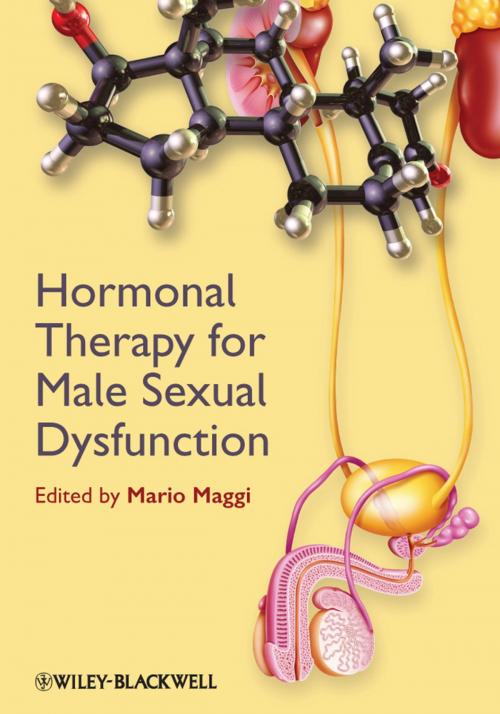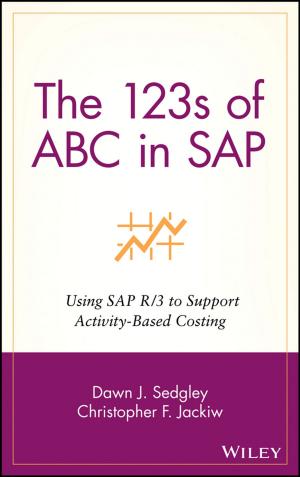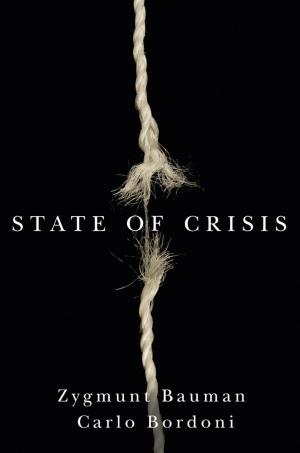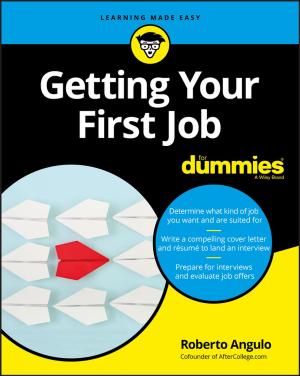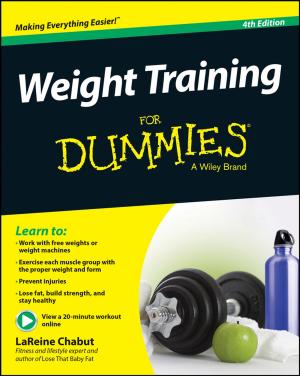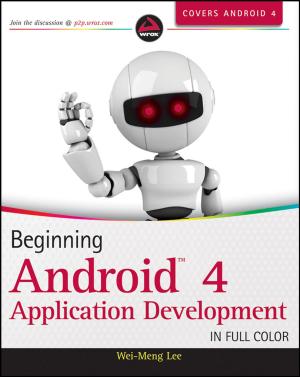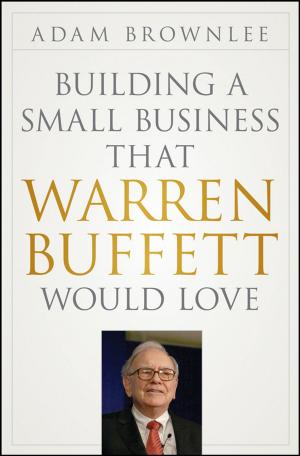Hormonal Therapy for Male Sexual Dysfunction
Nonfiction, Health & Well Being, Medical, Specialties, Reproductive Medicine| Author: | ISBN: | 9781119963806 | |
| Publisher: | Wiley | Publication: | November 17, 2011 |
| Imprint: | Wiley-Blackwell | Language: | English |
| Author: | |
| ISBN: | 9781119963806 |
| Publisher: | Wiley |
| Publication: | November 17, 2011 |
| Imprint: | Wiley-Blackwell |
| Language: | English |
Hormonal therapy offers a potentially powerful approach to the treatment of sexual disorders in men. However the interplay of different hormones within different bodily systems is carefully balanced; judicious judgement is required in the therapeutic use of hormones to minimize unwelcome side effects.
A better understanding of how hormones work will help the physician to better tailor therapies for improved sexual responses in men. Hormonal Therapy for Male Sexual Dysfunction will provide the rationale for hormonal therapy in male sexual disorders, explaining the language of sexual endocrinology and its application in clinical practice.
The aim of this book is to provide a clinical ‘in the office’ or ‘at the bedside’ guide to effective patient care for sexual medicine physicians, urologists, gynecologists and other health-care providers in practice and in training. The tone will be practical, not academic. The working assumption is that readers want to know what (and what not) might or should be done, without over emphasis on the why. That said, it is important to review the crucial basic science necessary for effective diagnosis and management, and to provide reminders in the context of the practical chapters.
It will not be heavily referenced, in line with a more practical approach. This allows for smoother reading (and also relieves the burden of comprehensive citing from authors). Key evidence (clinical trials, Cochrane or other meta analyses) should be summarized in ‘Evidence at a Glance’ boxes and key references such as reviews, major papers can be provided in the ‘selected bibliography’ at the end of each chapter.
Practical guidance will be provided through:
- the use of algorithms and guidelines where they are appropriate
- ‘Tips and Tricks’ boxes – hints on improving outcomes perhaps via practical technique, patient questioning etc
- ‘Caution’ warning boxes – hints on avoiding problems, perhaps via contraindications
- ‘Science Revisited’ – quick reminder of the basic science principles necessary for understanding
Hormonal therapy offers a potentially powerful approach to the treatment of sexual disorders in men. However the interplay of different hormones within different bodily systems is carefully balanced; judicious judgement is required in the therapeutic use of hormones to minimize unwelcome side effects.
A better understanding of how hormones work will help the physician to better tailor therapies for improved sexual responses in men. Hormonal Therapy for Male Sexual Dysfunction will provide the rationale for hormonal therapy in male sexual disorders, explaining the language of sexual endocrinology and its application in clinical practice.
The aim of this book is to provide a clinical ‘in the office’ or ‘at the bedside’ guide to effective patient care for sexual medicine physicians, urologists, gynecologists and other health-care providers in practice and in training. The tone will be practical, not academic. The working assumption is that readers want to know what (and what not) might or should be done, without over emphasis on the why. That said, it is important to review the crucial basic science necessary for effective diagnosis and management, and to provide reminders in the context of the practical chapters.
It will not be heavily referenced, in line with a more practical approach. This allows for smoother reading (and also relieves the burden of comprehensive citing from authors). Key evidence (clinical trials, Cochrane or other meta analyses) should be summarized in ‘Evidence at a Glance’ boxes and key references such as reviews, major papers can be provided in the ‘selected bibliography’ at the end of each chapter.
Practical guidance will be provided through:
- the use of algorithms and guidelines where they are appropriate
- ‘Tips and Tricks’ boxes – hints on improving outcomes perhaps via practical technique, patient questioning etc
- ‘Caution’ warning boxes – hints on avoiding problems, perhaps via contraindications
- ‘Science Revisited’ – quick reminder of the basic science principles necessary for understanding
